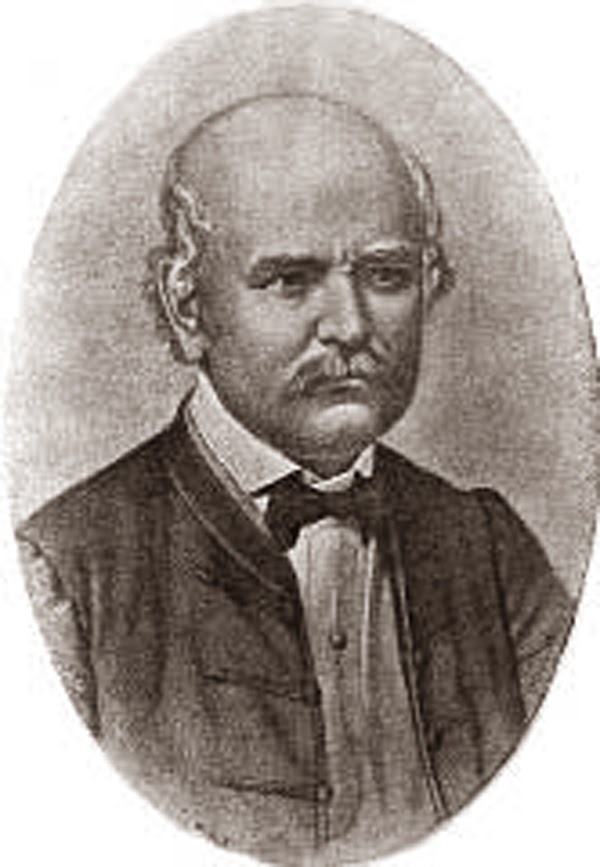FLU SEASON IS UPON US!

BE A HERO - Get your Flu vaccination today! Flu season is here! “Influenza is a serious disease that can lead to hospitalization and sometimes even death. Every flu season is different, and influenza infection can affect people differently. Even healthy people can get very sick from the flu and spread it to others.” [Ref 1] Immunization with the flu vaccine is the best way to prevent influenza infection. Patients give many reasons for not getting their annual flu shot, including: “It causes the flu"; "I don’t need it"; "It has side effects"; "It’s not effective"; "I didn’t think about it"; "I don’t like needles!” “Annual vaccination is the most important measure to prevent seasonal influenza infection. Achieving high influenza vaccination rates of healthcare professionals and patients is a critical step in preventing healthcare transmission of influenza...” [Ref 2] The fact is that every year up to 49,000 American

